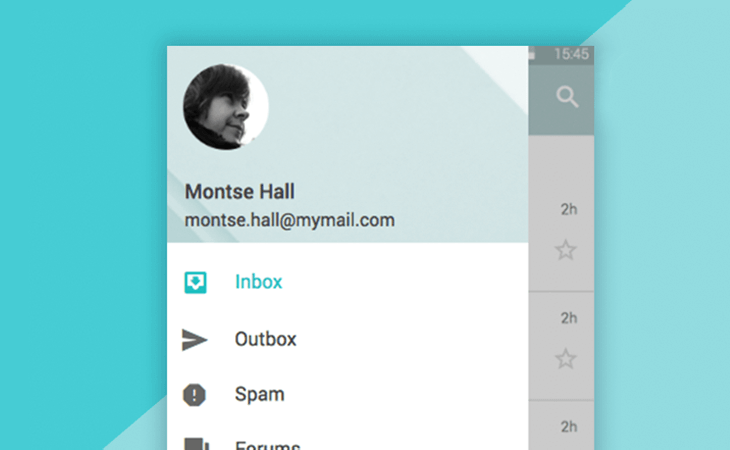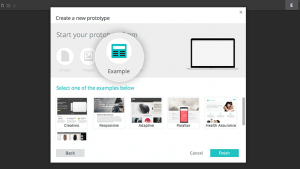

Animated mobile transitions can be charming, useful and user. Prototyping mobile UI animations: 5 inspiring examples the takeaway. Add animated effects to the event to make the animation richer. We then add our variable name to the expression using concat in between them. You can use rich interactions to create this Pull to Refresh button in Justinmind, and add conditions to your event to make it even more advanced. Click on the bubble to create text and type in ‘Welcome, ’. This time our expression will be different. To populate the welcome string with the information we add an on load event and select set value. After we are satisfied, we change the background to white and clear out the welcome. We will cover up the Welcome from the image with a new text box with the same size font. We want to show Welcome and the user name. So we add an additional event in the panel that 'on Click’ will link to ‘Dashboard’. This will store our input value into a variable, which we can access later.Īfter this is done, we want to direct to our next page. So we drag or double click the 'name_input’ from the outline into the circle. We just want our variable to hold whatever was in our input (‘name_input’). There we create a new variable called 'name’. In our event panel we want to select ‘Set value’. Next we click ‘Add Event’ in the bottom panel. Our app also features a vertical sliding menu, which we’ll show you how to. For your passwords to be the dots and not text, change form ‘text’ to ‘password’ in the type select.Īdd a hot spot over the button. In our ride-sharing app, we have 3 screens. Ignore the picture, I would recommend naming it ‘name_input’ for clarity. For posterity, we will add the remaining inputs. You will use it later to reference this input. Since we already have a styled input, we will just make the input unobtrusive by changing the background color to transparent and the border to none.īe sure to name your widget. to switch screens youwill find a few examples here that will allow you to go deeper into the capabilities ofJustinmindPrototyperto do a simulation. In this example, we’ll start with a wireframe of a signup form.Īdd the screen that you’ll land on after.

You can start with a bank canvas as well. In a new project, add an image that you want to use. This post assumes some basic knowledge with Justinmind. And then later use that data to personalize a page. In this example, I’ll show how we can use variables to store information from a sign up form. Interactive prototypes with Justinmind: Using Variables 10th Nov 2014


 0 kommentar(er)
0 kommentar(er)
